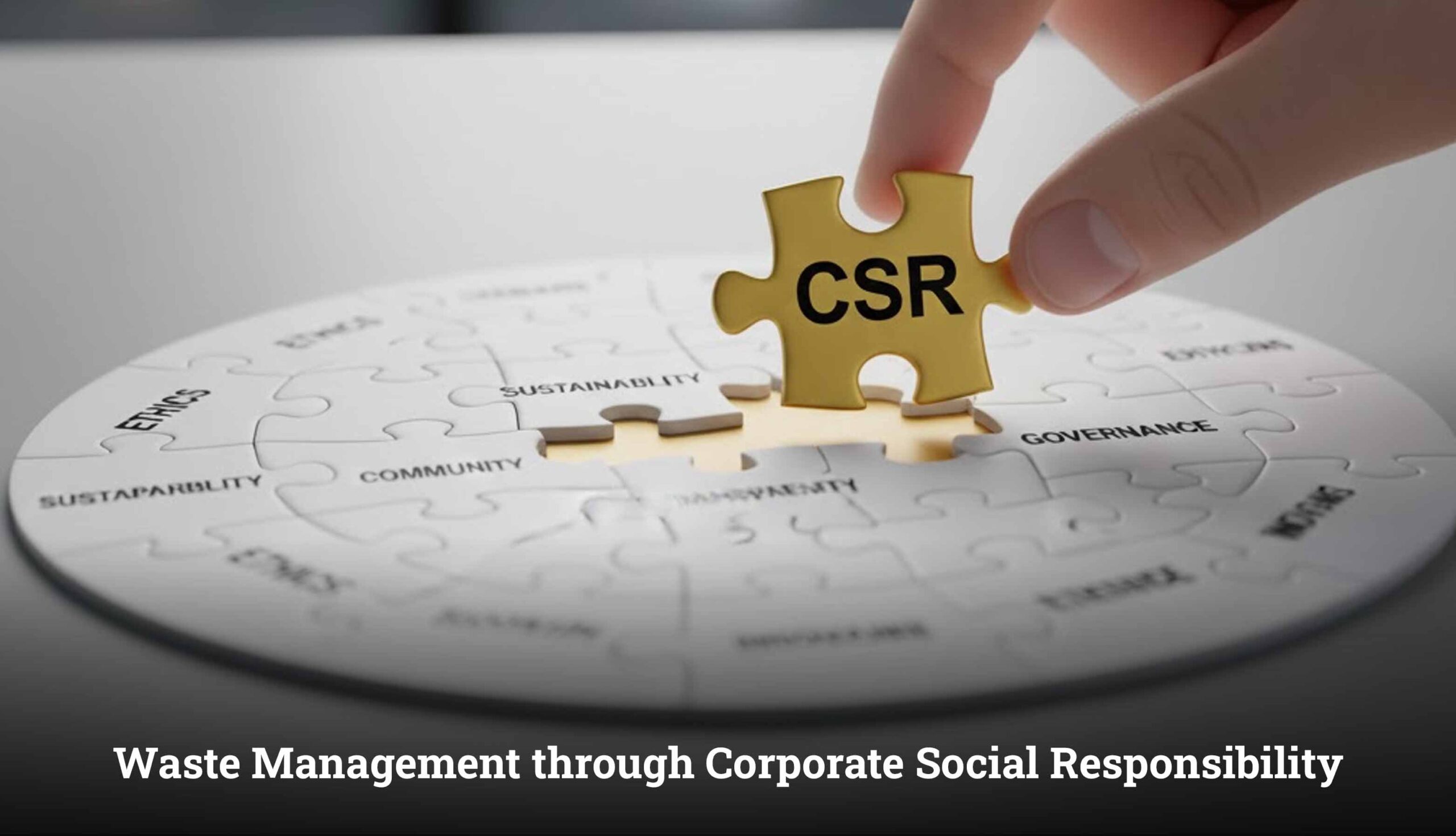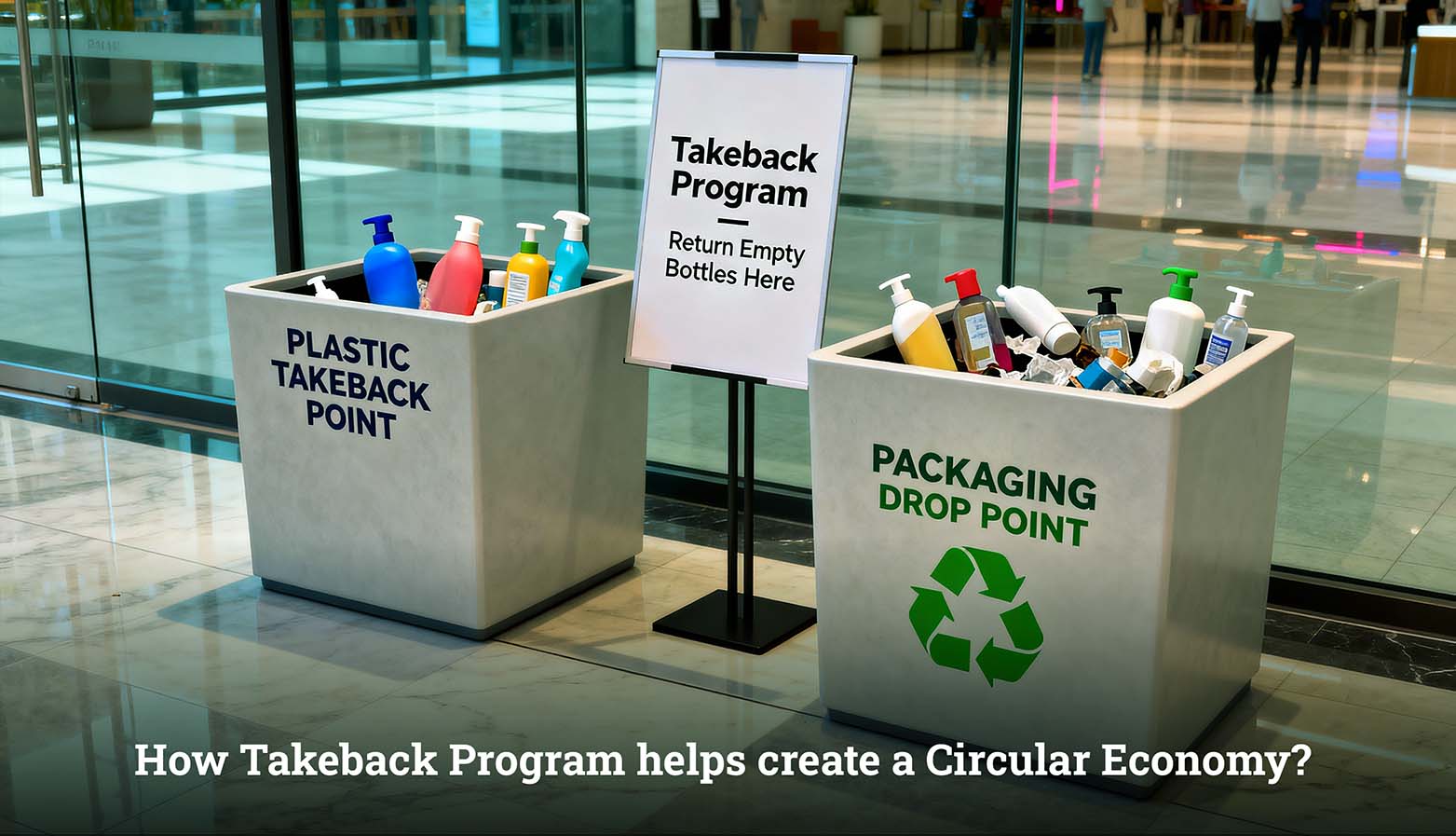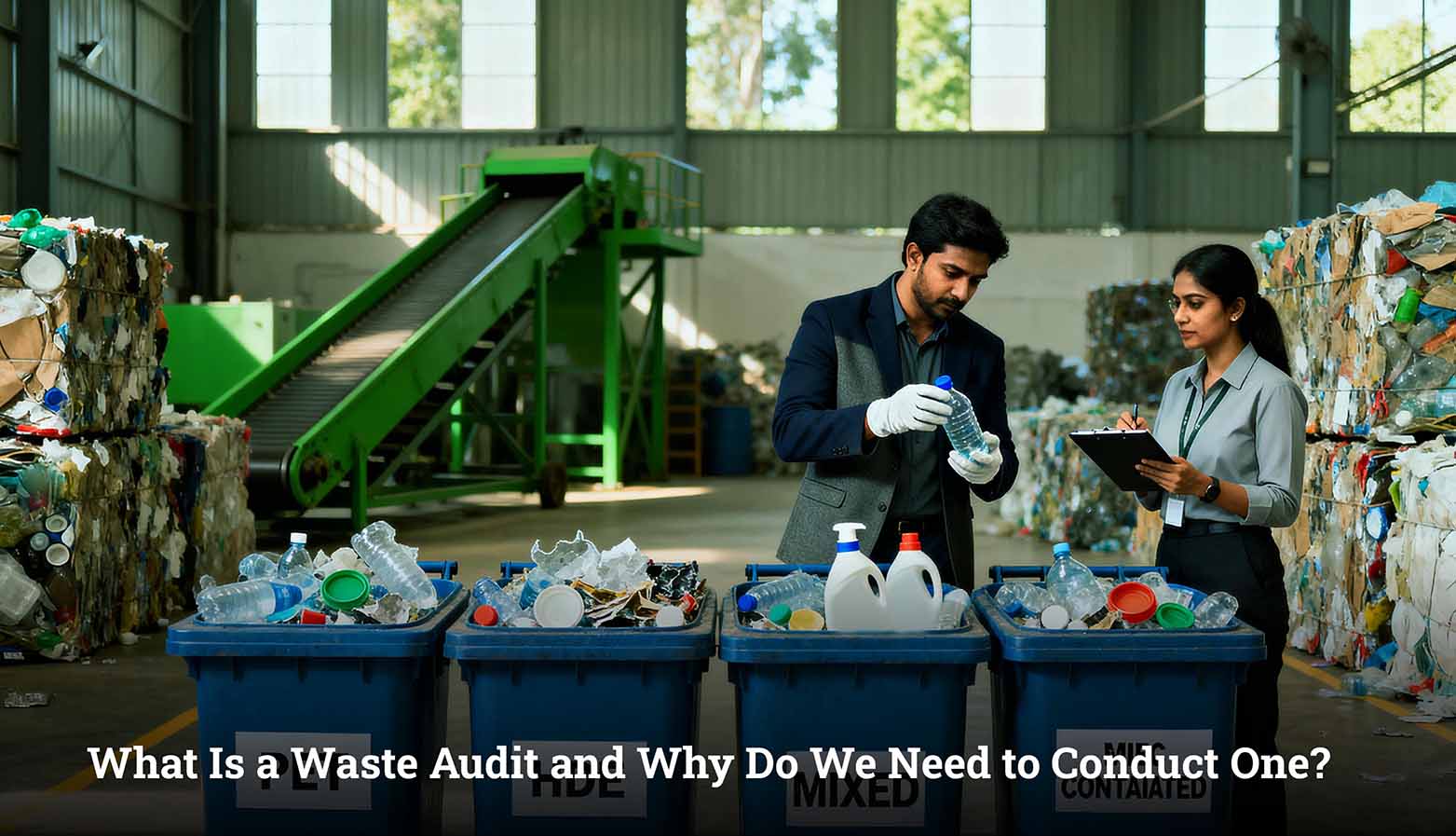The increasing amount of waste produced everyday strongly influences the wellbeing of the public and the environment equally. Effective management strategies and sustainable solutions begin with a keen understanding of types of waste and its management. Every single and simple item that we use in this modern word, whether it is packaging, electronics or other consumables, eventually turns into waste. Hence, understanding various types of waste, the approaches to manage, treat and dispose of them becomes important. Various types of waste, when not dealt with, result in pollution, green house emissions as well as the degradation of natural sources. The already existing landfills where waste is discarded not only occupy a large portion of land, but they destroy the soil and groundwater while leaching large quantities of toxic materials. Moreover, a linear model of “take-make-dispose” results in a loss of energy and resources in relation to the consumed waste. Being responsible with types of waste management is not just environmental necessity but also economic opportunity, to recover resources, create new industries and move towards a circular economy. By recognizing the various types of waste generated from different sources of waste and implementing specific management approaches, we can all reduce our environmental footprint and have a healthier planet for generations to come. This blog will explore the common sources and different types of waste, analyze their environmental impact, look into management strategies and how Banyan Nation recycles various waste streams in India.
Common Sources of Waste
Waste and types of waste comes from a number of distinct sources, which represent the different activities of contemporary society. Understanding waste and types of waste sources is crucial in developing effective policies aimed at waste mitigation and management.
Residential
This includes food remnants, packaging, paper, plastics, shredded garments, and horticulture debris.
Commercial
This sector includes waste produced by an Office, shop, restaurant and hotel. Paper, Cardboard, food, plastic packaging and e-waste are common in this sector.
Industrial
This sector comprises waste which is produced in any manufacturing and industrial activities. Such type of waste is sector specific and includes chemical waste, metal scraps and production by products.
Agricultural
This includes the waste associated with farming, for example crop by-products, livestock excreta and certain types of packaging.
Construction and demolition (C&D)
This type of waste is produced in the process of building new structures, renovating old ones or demolishing existing buildings. It consists of concrete, wood, metals, and drywall.
E-waste
This type of waste includes old computers, phones, and household devices. Such devices are considered dangerous and precious at the same time because of the materials out of which they are made.
Healthcare
These are the waste and types of waste produced by a hospital, clinic or any healthcare institution. They produce medicals, sharps and other wastes of a pharmaceutical nature that require specialized disposal methods.
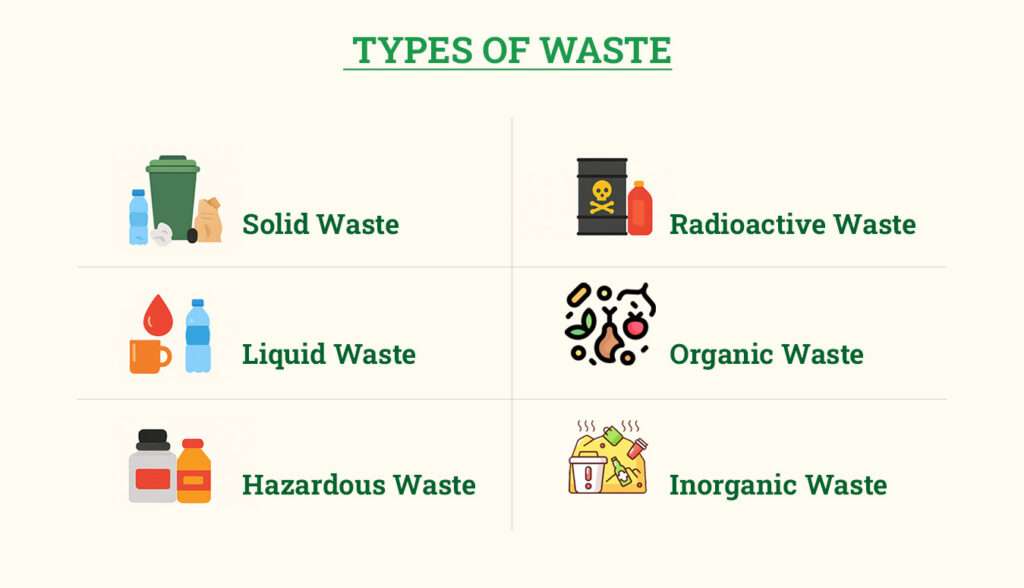
Types of Waste
Sorting waste into various types of waste management aids in determining the most appropriate treatment and management processes. Knowing the types of waste is important for planning efficient types of waste management.
Solid Waste
It is the most common form of waste. It contains household refuse, business trash, and factory safe waste. It is still further divided into biodegradable waste such as food waste coupled with green waste, also non-biodegradable waste like plastics, metals, plus glass.
Liquid Waste
Household, industrial, together with agricultural wastewater as well as used oil, other liquid discards are inclusive of this. Proper treatment is needed to avoid water pollution.
Hazardous Waste
It presents dangers for public health and for the environment greatly because it is either chemical, or toxic, or corrosive, or flammable, or infectious. Medical waste, pesticides, and industrial solvents are present in it. Special care is needed for handling and for disposing of hazardous waste.
Radioactive Waste
Consists of radio-active materials. Nuclear power stations as well as medical procedures and experimentation generally produce it. Strict safety measures along with long-term storage facilities involve its disposal.
Organic Waste
Food waste, garden waste, along with agricultural residues which are biodegradable is organic waste. Resources that are useful can be generated through anaerobic digestion. Organic waste can also be composted easily.
Inorganic Waste
Glass, metals, and plastics are waste that is non-biodegradable. These substances are generally recyclable.
How Each Type of Waste Impacts Our Environment
Each category has a distinct source of waste and impact on our environment:
Solid Waste
Can choke landfills and cause land erosion. Water sources can also be contaminated from leachate. The decomposition of solid waste releases methane which can lead to air pollution. Waste that has not been disposed of properly also contributes litter and aesthetic pollution.
Liquid Waste
Water bodies that aquatic animals live in and water that needs to be safe for drinking in other uses is polluted by liquid waste. Additionally, water that industrial facilities dispose of their wastewater can be toxic.
Hazardous Waste
Water, air, and soil can all be contaminated by these which can be dangerous to humans, wildlife, and the environment. This waste if disposed of improperly can lead to leaky chemicals, can cause fires, or explosions.
Radioactive Waste
Contamination for the environment and for the health of people can be caused by prolonged exposure to these materials.
Organic Waste
This type of waste can produce Methane which is a toxic gas and a greenhouse gas that contributes to climate change.
Inorganic Waste
These are materials that do not decompose for a long time and include plastic. These can harm animals and the environment by plastic pollution.
Why Reducing Waste Matters?
Reducing types of waste at the source of waste is paramount for several critical reasons:
Resource Conservation
Waste reduction lessens the demand for virgin resources since it conserves precious natural materials plus requires more energy for extraction also for processing.
Environmental Protection
Waste reduction minimizes air, water, and soil pollution because it protects ecosystems and biodiversity.
Climate Change Mitigation
The lowering of waste generation does reduce climate change. It decreases greenhouse gas emissions because manufacturing, transportation, and landfill decomposition are associated with emissions.
Landfill Space Preservation
If the waste amount sent toward landfills reduces, that extends the life span of facilities existing and reduces any need for new ones, preserving land valuable.
Economic Benefits
Waste reduction through consumption reduction, disposal fee reduction, and resource recovery potential can provide cost savings for individuals, businesses, and municipalities.
How to Manage Different Types of Waste Effectively
Effective management of different types of waste requires a multi-pronged approach encompassing the principles of the waste hierarchy: Reduce, Reuse, Recycle, and Recover.
Reduce
Waste is minimized at the source if consumption choices are conscious so single-use items are avoided amid product design and packaging optimized.
Reuse
Finding new uses for items instead of discarding items. For example, you can repurpose the containers or you can donate the unwanted goods.
Recycle
Waste materials get collected then processed so that new products form which cuts resource use plus landfill loads. Recyclable materials need proper segregation to occur. This segregation should be inclusive of paper as well as plastics with metals plus glass.
Recover
Extract from waste energy or valuable materials people cannot recycle, such as when incinerating waste for energy or digesting organic waste anaerobically.
Safe disposal
Safe disposal methods are important plus sound disposal methods from an environmental point of view for waste that just cannot be reduced or reused or recycled or recovered like facilities specialized for both hazardous waste and radioactive waste plus landfills engineered for waste not hazardous.
How Banyan Nation Contributes to Recycling Different Types of Waste
Banyan Nation aims at establishing a circular economy for plastic waste, a major part of inorganic solid waste. Our technology-based solution meets the recycling challenges of different types of waste falling under the plastic category:
Collection and Aggregation
We engage with informal waste workers to collect a broad array of plastic waste streams, from bottles, containers to flexible packaging, formalizing a disjointed system.
AI-Driven Sorting
Our advanced AI sorting technology identifies and sorts various plastic materials (e.g., PET, HDPE, PP) correctly and efficiently ensures high-quality feedstock for recycling. It helps treat the problem of mixed plastic waste that gets downcycled or ends up in landfills.
Advanced Decontamination and Washing
Our patented washing technology decontaminates post-consumer plastic, allowing us to manufacture high-purity recycled resins for challenging applications, such as food packaging. This enables us to recycle plastics that may otherwise be classed as low-value or complex to recycle.
Extrusion and Compounding
We take the washed plastic flakes and convert them into uniform, virgin-quality rPP (recycled polypropylene) and other resins that manufacturers can confidently use as sustainable and reliable substitutes for virgin plastic.
By targeting these processes, Banyan Nation is making an active contribution to enhancing the recyclability of many forms of waste in the plastic stream, keeping them out of landfill and lowering the need for virgin plastic.
Conclusion
Proper classification of waste and application of suitable waste management techniques are necessary for preserving our environment and achieving sustainability. All the way from less waste generation, more often reusing and recycling materials to better managing of how wastes are dumped permanently, numerous strategies are needed; and all need both public people support as well as actions by business entities then government. Banyan Nation wants to facilitate the development of a circular plastics economy in India, by effectively managing waste, addressing pollution and promoting resource-efficient societies using technology and collaboration.
FAQ's
What is the most effective method of waste management?
The most effective method of waste management is prevention, followed by reduction, reuse, and then recycling. Minimizing waste generation at the source is an example of waste management with a significant environmentally beneficial approach.
Can all types of waste be recycled?
No, not all types of waste can be recycled. The recyclability of waste depends on factors such as the material composition, contamination levels, and the availability of appropriate recycling technologies and infrastructure.
What types of waste are recyclable?
Various types of waste are recyclable which include paper, cardboard, glass, metals (aluminum, steel, etc.), and many types of plastics (PET, HDPE, PP, and sometimes LDPE). The specific types of plastics accepted for recycling can vary depending on local infrastructure.
Can individuals make a difference in reducing waste?
Yes, individuals can make a significant difference by adopting mindful consumption habits for main types of waste such as reducing their use of single-use items, reusing items whenever possible, proper segregation of waste for recycling, composting organic waste, and advocating for better waste management practices in their communities.
Making recycled packaging the norm.
CITATIONS:
- United Nations Environment Programme (UNEP). (2018). The State of Plastics: World Environment Day 2018 . ( https://www.unep.org/resources/report/state-plastics-world-environment-day-outlook-2018 )
- World Bank. (2018). What a Waste 2.0: A Global Snapshot of Solid Waste Management to 2050 . https://datatopics.worldbank.org/what-a-waste/
- Ministry of Environment, Forest and Climate Change (MoEF&CC), Government of India. (2016). Solid Waste Management Rules, 2016.
- Banyan Nation. (n.d.). Supply Chain.
- Geyer, R., Jambeck, J. R., & Law, K. L. (2017). Production, use, and fate of all plastics ever made. Science Advances, 3(7), e1700782. ( https://www.researchgate.net/publication/318567844_Production_use_and_fate_of_all_plastics_ever_made )
- EPA United States Environmental Protection Agency. (n.d.). Reduce, Reuse, Recycle. Retrieved from https://www.epa.gov/recycle

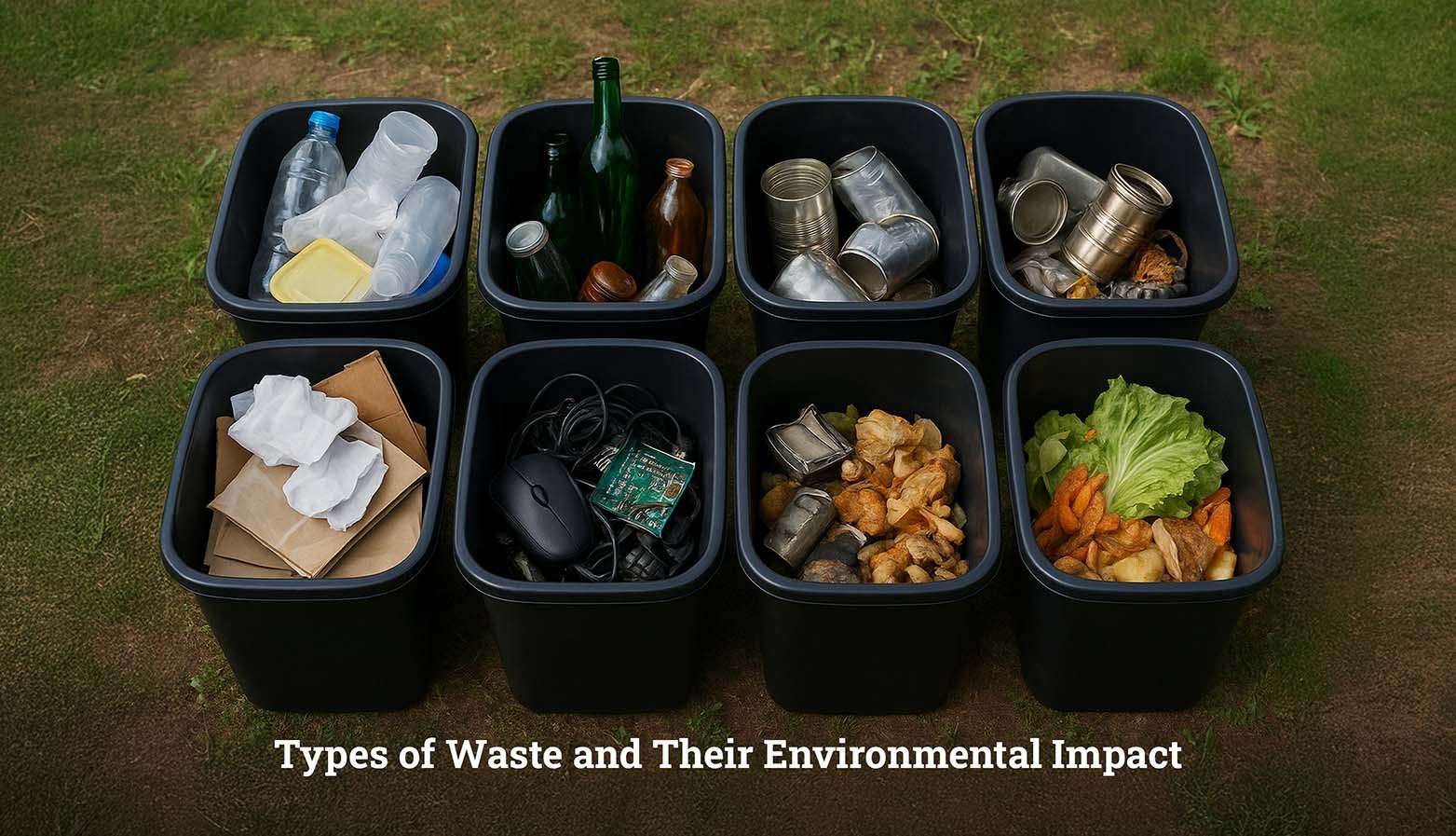
 The Role of CSR (Corporate Social Responsibility) in Waste Management
The Role of CSR (Corporate Social Responsibility) in Waste Management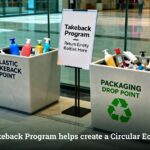 What is Takeback Program & Their Role in Building a Circular Economy
What is Takeback Program & Their Role in Building a Circular Economy What Is a Waste Audit and Why Should Recycling Companies Conduct One?
What Is a Waste Audit and Why Should Recycling Companies Conduct One? How Greenwashing Affects Plastic Recycling?
How Greenwashing Affects Plastic Recycling? What is Polypropylene Plastic?
What is Polypropylene Plastic?